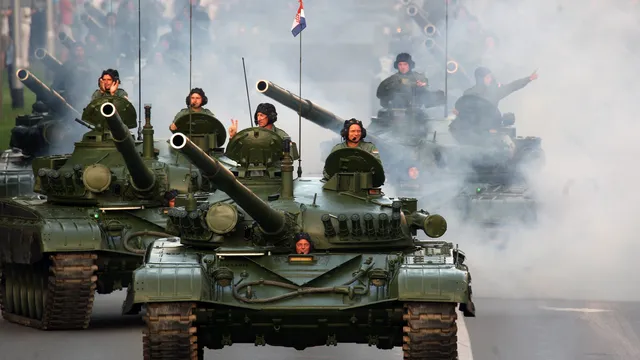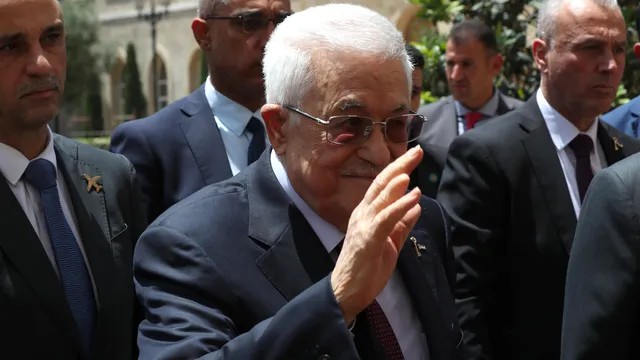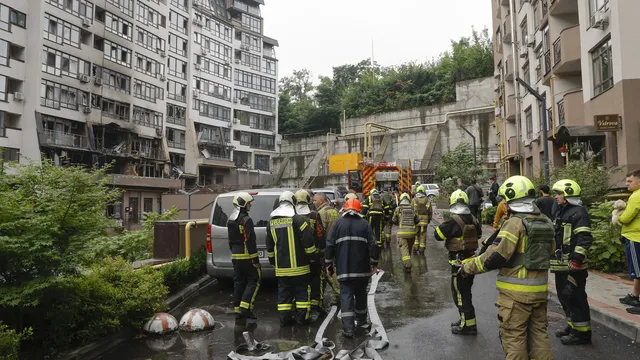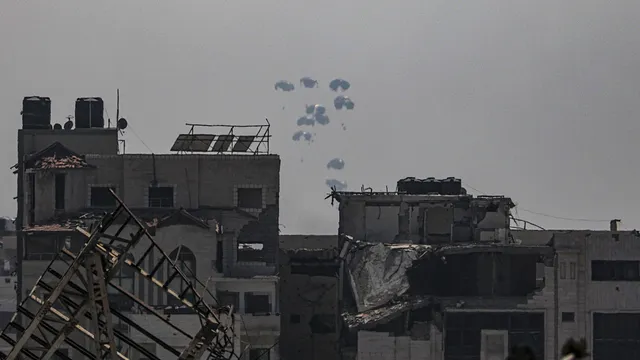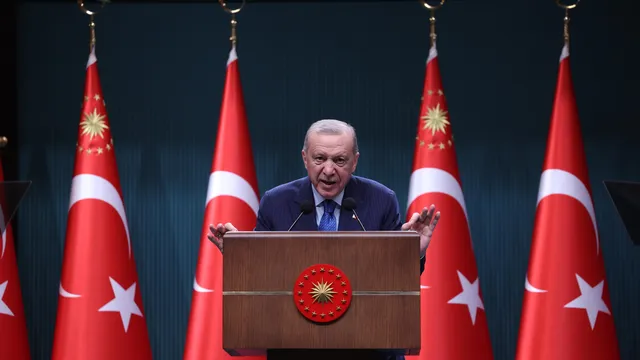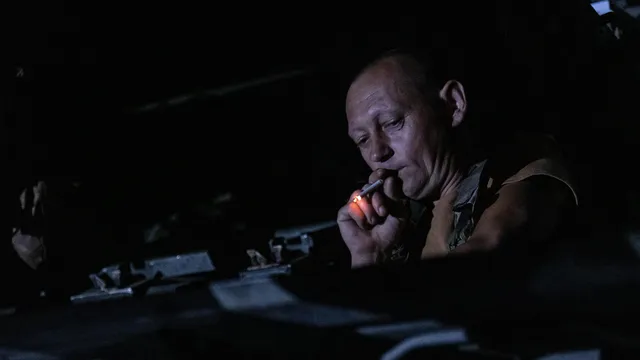A solemn military parade will be held today in the Croatian capital Zagreb to mark the 30th anniversary of the military-police operation Storm.
The parade will feature members of the armed forces, the Ministry of the Interior, the judicial police, the Civil Defense, firefighters, historical units, as well as Croatian defenders and war veterans, who will carry the 25-meter Croatian flag raised on the Knin fortress in 1995.
3,500 participants, 500 vehicles, 40 aircraft and 13 ships in the waters of Split will demonstrate the readiness and strength of the Croatian army exactly 30 years after Operation Storm, which liberated the largest part of the occupied territory and created the prerequisites for the end of the Patriotic War.
"The path of the Croatian Army over these 30 years can be shown through the parades that have been held. I believe that the only thing that has remained the same is the motive to defend Croatia, which the Croatian soldiers, men and women, and all members of the Armed Forces of the Republic of Croatia have," said Ante Nazor, historian and director of the Croatian War Memorial and Documentation Center.
The political circumstances at that time, in 1995, were determined by the exceptional policy of the Serb leadership in Knin, but also by the Serbian policy that supported it, which is best reflected in the rejection of the international community's plan in early 1995, Nazor said, which envisaged that there would be a Krajina in the occupied territories of Croatia, which would include two regions.
“These two areas were distributed in the area of municipalities that, according to the 1991 census, had an absolute Serb majority, but they rejected it. When we look at the scale of this rejection, they sent a very clear message to the international community that they did not want any discussion about peaceful reintegration into the constitutional and legal order of Croatia,” the scholar says.
Croatia at that time was internationally recognized and they, says Nazor, refused peaceful reintegration and this was the message that the only option left for returning the occupied territory was the military option. Nazor points out that they did not take into account anything – the Zagreb Agreement, the economic agreement or even the attempts of the Croatian government or the international community.
When we look at the military circumstances, we organized the army, we undertook military operations in the areas where we could, taking into account the international community. The key factors for the success of Operation Storm in 1995 were, according to Nazor, the training, knowledge, equipment of the Croatian army and most importantly – the motive.
“The motive was incredible. It is incredible how motivated these people were, how much they longed to return to their homes, because they were expelled back in 1991,” he added.
Nazor emphasizes that we are not celebrating someone else’s tragedy and hardship, but liberation. Operation Storm is crucial, he emphasizes, because it is one of the most important events in Croatian history. With Operation Storm, we ensured survival, territorial integrity and freedom. We do not celebrate suffering and suffering. I agree that Operation Storm is one of the greatest tragedies of the Serbian people in Croatia, but this tragedy was caused by the exceptional policy of the Serbian leadership in Knin and the Serbian leadership," Nazor added and called for no jubilation or mockery, because this is neither human nor moral and is not worthy of the victors that the Croatian army was in Operation Storm.
Let us maintain our dignity, this is a great victory, let us celebrate the victory, let us enjoy the scene of August 5, when the official flag of the Republic of Croatia fluttered over the fortress of the Croatian royal city of Knin. The flag of democracy, freedom and victory," Ante Nazor, historian and director of the Croatian Memorial and Documentation Center for the Patriotic War, concluded. I BGNES

 Breaking news
Breaking news
 Europe
Europe
 Bulgaria
Bulgaria
